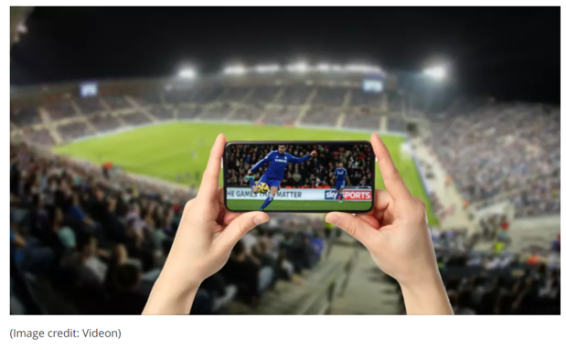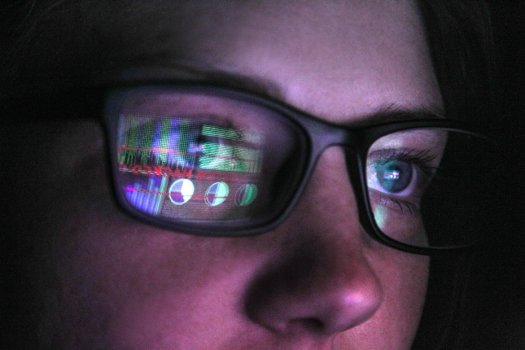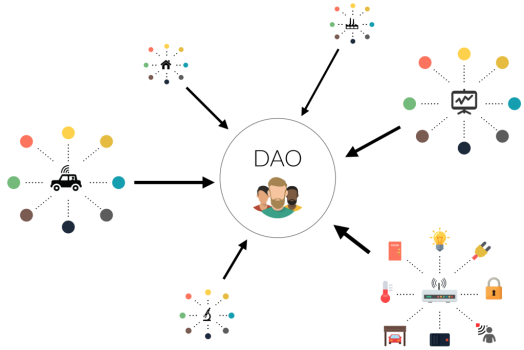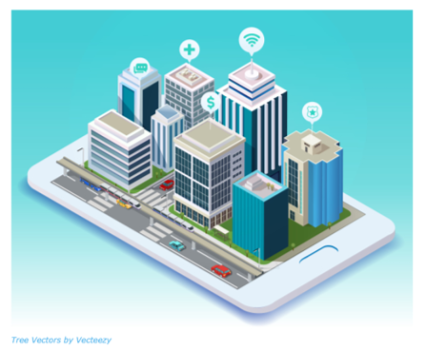One of JPMorgan's top tech execs says edge computing will be the next big bet as cloud becomes 'yesterday's conversation'
- Technology Solutions
- 0 Replies
Move over cloud — edge computing is going to be Wall Street's next big thing.
That's at least the sentiment of one of the top tech executives at the largest US bank by assets.
While much of the recent tech talk on Wall Street has focused on the pubic cloud, "it's going to be yesterday's conversation" in as little as five years, George Sherman, JPMorgan's chief information officer overseeing public and private cloud infrastructure, recently told Insider.
"I actually think the conversation is going to be more about, 'How do you move workloads closer to the point of consumption?' which isn't necessarily a cloud construct. It's an edge construct," Sherman said
Edge computing involves analyzing data closer to the point of collection as opposed to transporting it back to the cloud and doing it there. Computations run on the so-called "edge of the network" can be done faster.
Latency, or the speed at which calculations can be done, has long been a barrier to Wall Street's full adoption of the public cloud.
By combining edge with cloud computing, financial institutions stand to collect and analyze data faster.
"I think that'll be the kind of flavor of the day in the next five to 10, it's already kind of starting but if we think about where it is in its maturity curve, it's still very new," Sherman said of edge computing.
5G and IoT are leading the push to edge computing
The rise of the internet-of-things (IoT) — or the network of devices, like toasters or smart watches, that are connected to the internet and collect data — has played a role in the increased interest in edge computing.
The roll out of 5G technology, which is the fifth-generation wireless network standard, is also key to edge computing since it speeds and broadens connectivity. But the tech has taken a while to get deployed worldwide, Sherman added.
Still, that hasn't stopped the bank, which operates a $12 billion annual tech budget, from exploring applications for edge computing.
Continue reading: https://www.businessinsider.com/jpmorgan-edge-computing-public-cloud-innovation-tech-strategy-iot-2021-11
That's at least the sentiment of one of the top tech executives at the largest US bank by assets.
While much of the recent tech talk on Wall Street has focused on the pubic cloud, "it's going to be yesterday's conversation" in as little as five years, George Sherman, JPMorgan's chief information officer overseeing public and private cloud infrastructure, recently told Insider.
"I actually think the conversation is going to be more about, 'How do you move workloads closer to the point of consumption?' which isn't necessarily a cloud construct. It's an edge construct," Sherman said
Edge computing involves analyzing data closer to the point of collection as opposed to transporting it back to the cloud and doing it there. Computations run on the so-called "edge of the network" can be done faster.
Latency, or the speed at which calculations can be done, has long been a barrier to Wall Street's full adoption of the public cloud.
By combining edge with cloud computing, financial institutions stand to collect and analyze data faster.
"I think that'll be the kind of flavor of the day in the next five to 10, it's already kind of starting but if we think about where it is in its maturity curve, it's still very new," Sherman said of edge computing.
5G and IoT are leading the push to edge computing
The rise of the internet-of-things (IoT) — or the network of devices, like toasters or smart watches, that are connected to the internet and collect data — has played a role in the increased interest in edge computing.
The roll out of 5G technology, which is the fifth-generation wireless network standard, is also key to edge computing since it speeds and broadens connectivity. But the tech has taken a while to get deployed worldwide, Sherman added.
Still, that hasn't stopped the bank, which operates a $12 billion annual tech budget, from exploring applications for edge computing.
Continue reading: https://www.businessinsider.com/jpmorgan-edge-computing-public-cloud-innovation-tech-strategy-iot-2021-11
























